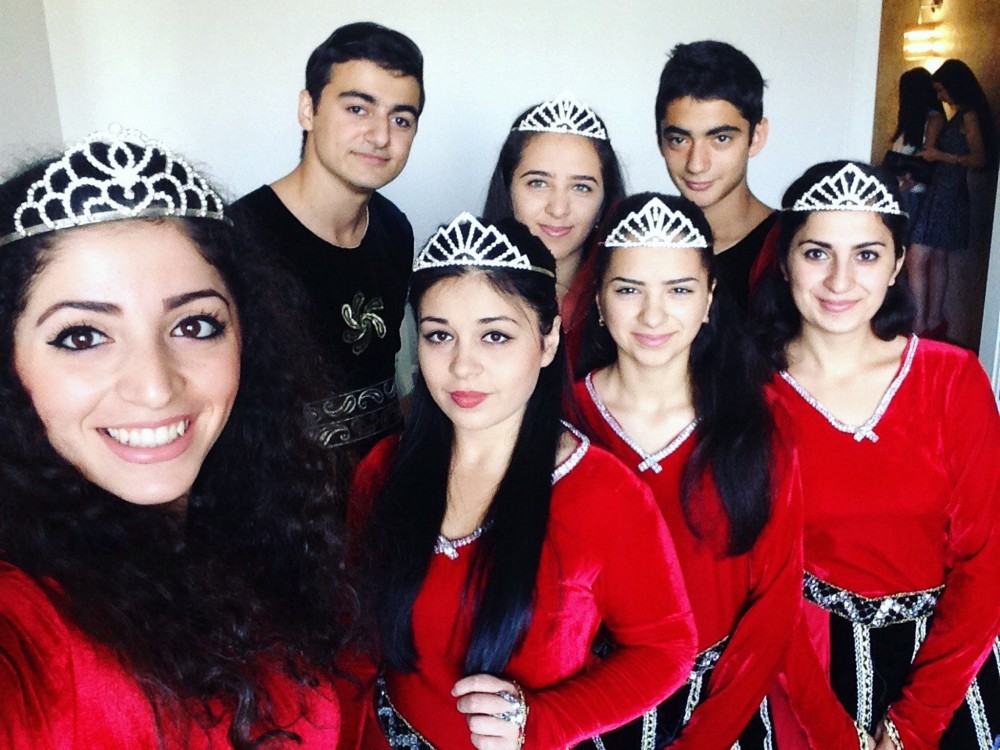
This article deals with the national and cultural renaissance of Kharkiv Armenians in 1989-2004. During the last years of the existence of the Soviet Union and in the beginning of the epoch of independence of Ukraine favourable conditions were created for the national and cultural development of all nations, which lived on its territory. The above fact concerns Ukrainian Armenians too, particularly in Kharkiv. Beginning from the end of 1980s there was a steady rise in the number of public national organizations, which cooperated with state and local government bodies, with increases in the number of their members, levels and range of cultural and other events, organized by them. The Builders’ Palace of Culture was the centre of the cultural and social life of Kharkiv Armenians at that time. Foundation of new national Armenian organizations began almost after a 50-year break. The founding meeting of the Kharkiv Society of Armenian Culture took place in December of 1989. Sections of history, culture and public education were set up. The famous composer and song writer Anatoly Azatovich Chilutyan was elected the Head of the Society [15]. The first Board of the Society also included the People’s Artist of Ukraine A. S. Barsegian, academician V. A. Petrosov, Professor I. K. Terzian, Associate Professor Sh. Sh. Aramishyan and O. Ye. Miroyan [3]. On January 1, 2011 there were 63 organizations in Kharkiv. It is impossible to imagine the whole picture of the city’s development without studying the history of national communities of Kharkiv. The erection of the Armenian Temple in Kharkiv was the key event, and this Temple became a centre of life for the community. Our analysis of historiography has revealed that there are no special researches in this subject. Some aspects of this range of problems are touched upon by authors of popular science sketches, published in the book The First Capital (2007) by Kevorkian K. E., as well as in the collected articles Multiethnic Kharkiv. The research was based on such sources as materials of periodicals, official sites of Armenian organizations as well as materials of oral history (interviews). By the results of our study we created the following periodization in the history of Kharkiv Armenians in 1989-2004: 1) 1989-1994 — renaissance of their national and cultural life, appearance of the first organizations, functioning of an Armenian Sunday school and an Armenian club; 2) 1995-1999 — absence of any Armenian school, parallel existence of several Armenian organizations; 3) 2000-2004 — a new revival in the activity of the Armenian community, opening of a Sunday school, publication of their own newspaper, organization of a dance company, erection of a national temple. The results of this study can be used in subsequent researches in the history of the Armenian community of Ukraine, in the process of writing summary works on the history of ethnic minorities in Kharkiv and Ukraine, during preparation of textbooks and manuals on the history of Ukraine.
Source: Kocharyan S.G. (2016) The national and cultural Renaissance of Kharkiv armenians (1989-2004). Ancient Sumy Land. № XLVІII: 98-107
Source web-site: https://starovyna.sumdu.edu.ua/wp-content/uploads/2016/07/8-%D0%9A%D0%BE%D1%87%D0%B0%D1%80%D1%8F%D0%BD.pdf
Number of views: 2528